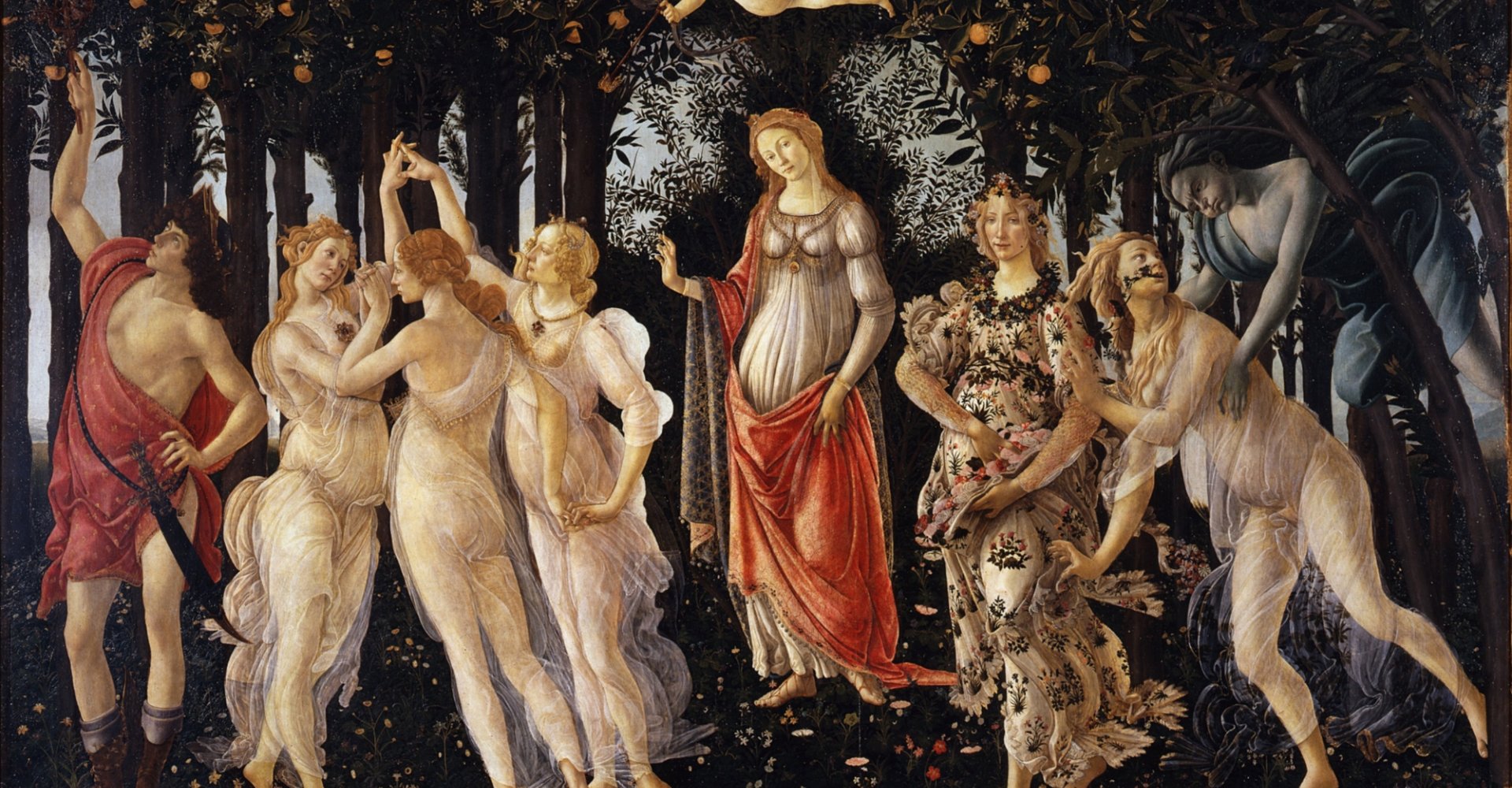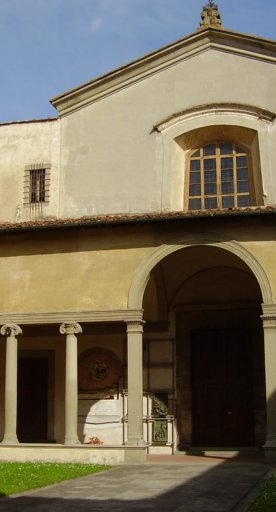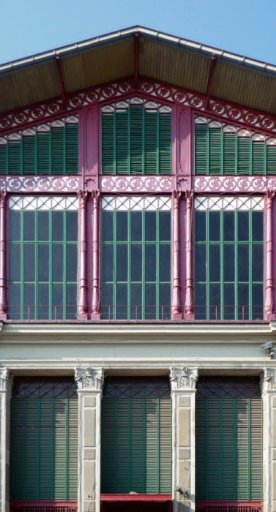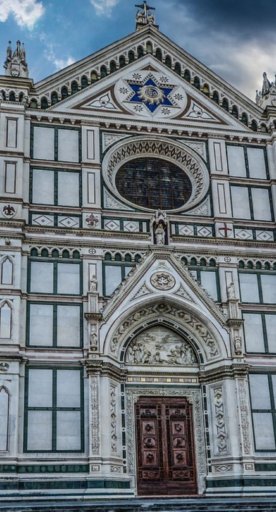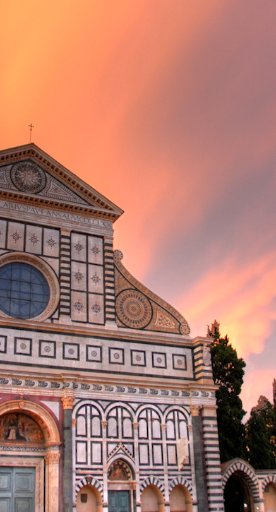Primavera by Sandro Botticelli
The Renaissance masterpiece on display in the Uffizi Gallery
Primavera (Spring) by Sandro Botticelli is one of the most mysterious paintings in art history. Courtesy of its reputation, it has always been one of the most interpreted. Countless readings have emerged, but they all start with the same idea: the exaltation of beauty as a driving force of love, viewed as the rebirth of nature and life.
Starting on the right, we see Zephyrus, the spring wind, holding the nymph Chloris, whereas the third figure represents Flora, whose dress is ornately decorated with a floral pattern. In the middle of the painting, slightly further back, we see Venus, with Cupid flying above her shooting arrows of love. Immediately afterwards comes the grouping of the Three Graces, and finally the last figure, Mercury, in the act of scattering clouds with his stick.
The painting is one of the masterpieces of the Italian Renaissance, although here Botticelli begins with a concept that seems more Late Gothic than really Renaissance in style, with a spatial construct lacking in depth and considerable attention to natural detail, with which the painter depicted every little flower and blade of grass. But the spirit of the painting is evidently Renaissance, which due to having chosen such a secular subject, soaked in humanistic references, could only have been conceived in this period of time.
The work is kept in the Uffizi Gallery in Florence, in the same room as another famous masterpiece by Botticelli: Birth of Venus.
